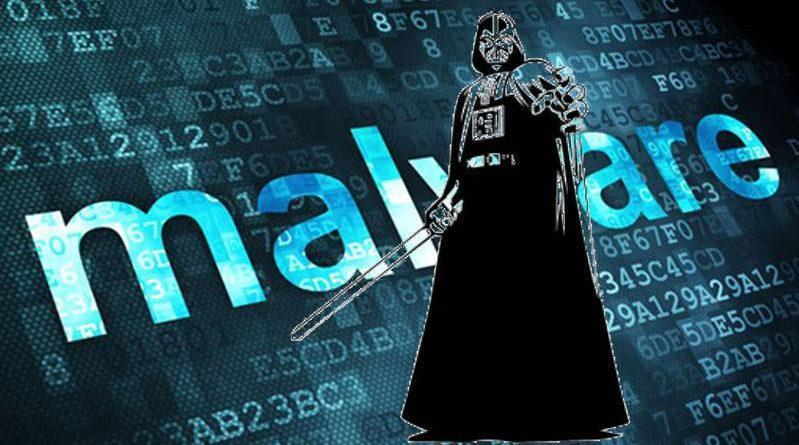How to mitigate escalating DDoS cyberattacks by Bryan Hamman, regional director: Africa, NETSCOUT
It is no longer a question of “if” your organization will be targeted, but rather “when,” as DDoS cyberattacks, particularly those of the Distributed Denial of Services (DDoS) sort, continue to proliferate across Africa at an unprecedented rate. In reality, these incidences’ disastrous effects have already had an impact on enterprises in African nations including Kenya, Nigeria, and South Africa as recently as July and August of this year.
A DDoS cyberattack is what?
The goal of a DDoS assault is to overwhelm an organization’s network, systems, applications, content, or services with bogus traffic so that legitimate users are prevented from accessing it. As we have seen in recent weeks across Africa, this type of attack may disrupt organizations across every sector, including government, financial institutions, the media, telecoms companies, and more. It is extremely harmful to any firm that depends on the internet to operate.
Failure to successfully and quickly recover from an attack can have a severe impact on a company in a number of ways, including increased expenses, loss of revenue due to service interruptions, failures to comply with regulations, harm to the company’s reputation, and poor effects on public opinion.
DDoS attacks occur often all around the world, and so-called “bad actors” are constantly refining their attack strategies. This implies that it is now more crucial than ever for a company to maintain availability and resilience in the event of an attack. Understanding the relevant facts, dangers, and current developments is essential to this.
Four things you need to know about DDoS assaults
Fact 1: Not all forms of cyberattacks may be covered by your cybersecurity solution.
Businesses may have defenses in place against malware and virus attacks, but they must consider whether they are adequate for DDoS attacks, which aim to overwhelm servers or networks with fictitious traffic. DDoS attacks are more sophisticated than “typical” cyberattacks.
Fact number two: DDoS attacks today are getting more complicated.
DDoS assaults currently come in three primary categories:
Volumetric attacks are intended to overload internet-facing circuits with unauthorized traffic; when larger, these attacks may be simple to spot. The majority of volumetric attacks, however, are under one gigabit per second in size and only endure for a short while.
State Exhaustion attacks are designed to overload state tables in stateful devices like load balancers, VPN concentrators, and firewalls with unauthorized TCP connections. When these state tables are full, valid connections are cut off, and the services running on these devices are no longer accessible, depriving users of service.
Attacks at the application layer are much smaller, much harder to spot, and gradually deplete the resources of application servers. The application terminates when these application layer resources are depleted.
Third fact: ISPs will not be able to prevent all DDoS attacks.
It is possible for an internet service provider (ISP) to stop a bigger volumetric attack, but it is unlikely that it will be able to identify a smaller, transient attack. State exhaustion and application layer attacks are likely to be difficult for the ISP to detect before they cause harm.
Fact number four: Installing a firewall alone is insufficient.
An organization should not just rely on firewalls for a number of reasons. For instance, they only provide basic DDoS attack protection, which has an effect on the functionality of other, more crucial features. Additionally, a firewall lacks the ability to intelligently interface with a cloud-based scrubber solution for the mitigation of significant DDoS attacks and will not offer detailed visibility into dropped DDoS attack traffic.
Alter your behavior and adapt, or pay the price.
It is obvious that organizations must constantly improve their cyberdefence tactics if they are to successfully thwart the majority of attacks. Threat actors are continually changing their strategies, and as they deftly step up their offensive game, wise defenders must also advance their defensive positions.
To ensure continued survival in the eye of the DDoS storm, African organizations of all sizes and in every sector must learn how to select the appropriate approach and solution for adaptive DDoS protection – one that meets your specific needs, is in line with the realities of contemporary attacks, and is based on industry-best practices and sophisticated solutions.
Customers all over the world may protect themselves and reduce the danger of DDoS attacks with the aid of NETSCOUT. Visit https://www.netscout.com/arbor for more details.




